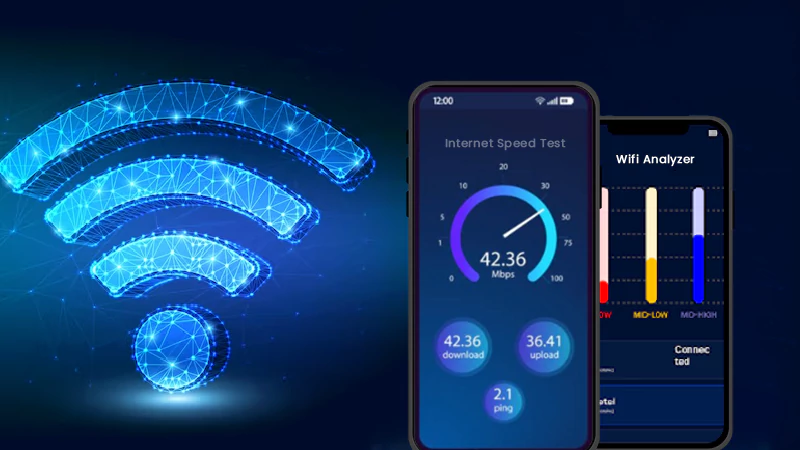You Can Increase The Life of Your Electric Vehicle. Here’s How
The battery is the blood and soul of every electric car. Lithium-ion batteries are installed in the majority of current e-cars, which are expensive to produce and cost more the higher their storage capacity. Due to the high production costs, the battery is usually the most expensive component of an electric vehicle and the range of the battery has a correspondingly large influence on the overall price.
Like laptop or cell phone batteries, rechargeable electric vehicle batteries have a limited lifespan as they lose capacity over time. On the one hand, the service life of the batteries depends on their quality and cell chemistry, but the loss of performance is also influenced by the ambient temperature and the use of the batteries. If you charge and care for your vehicle properly, you can significantly increase the life of your battery.
Here are 6 simple tips to help your vehicle’s battery last longer:
1.) Avoid Full Charge and Full Discharge
If you are still doing that, then maybe it’s time you should go through a beginner’s guide to electric bikes and scooters. Extreme charge levels, i.e., a full charge (100%) and complete discharge (deep discharge, 0%) hurt the service life of electric car batteries. Charge levels between 20 and 80% are the most battery-friendly. Therefore, only ever charge your battery up to approx. 80% if you do not need the full charging capacity and range, and never let the battery become empty.
2.) Leave Your Vehicle Fully Charged for as Little Time as Possible
Battery life decreases when the battery is full or charged over 80% for a long time. In cases where you need a full charge to get the full range performance of your vehicle, you should drive the car as soon as possible to avoid letting the full charge last too long.
3.) Avoid Frequent Fast Charging
Even if fast charging of electric cars is practical in some situations, you should not always charge your electric vehicle with a high current, because constant fast charging hurts the battery life. This is because the battery cells may be charged to different degrees during fast charging and there is no voltage equalization between the individual cells. In the long run, this leads to a reduction in battery capacity. So, the slower you charge the battery, the longer it will last.
4.) Slowly Charge Your Vehicle
You can delay the aging of your battery by charging your vehicle as slowly as possible. With the so-called “snore charging”, i.e., charging with a maximum of 16 amps, your battery remains ready for use much longer than if you charge it regularly with high currents.
5.) Refrain from Unnecessarily Strong Acceleration or Driving at Full Throttle
As is the case for vehicles with combustion engines, heavy acceleration and long periods of driving at full throttle put a strain on e-car batteries because the battery cells can overheat. If you want to use your battery for as long as possible, you should avoid wild driving and conserve the e-car battery by driving evenly.
6.) Avoid Extreme Temperatures
If batteries are exposed to extreme heat or icy cold, their charging capacity decreases quickly. For long-lasting use of your e-car battery, you should not leave your vehicle in the blazing sun in summer, but rather park it in a shady spot to protect the battery. In winter, temperatures below zero should be avoided by parking and charging the car in a garage, for example, if possible.
Also Read: Everything You Should Know About Electric Bikes
Looking Out for the Battery When the Car’s Not in Use
Times are tough for many, especially when several people are “squatting” together in the home office and you suddenly get to know your family all over again. The topic of home office also ensures that you no longer drive to and from work in your vehicle, so you will be able to state a few fewer commuting distances on your tax return.
This is How It’s Done:
But what’s the best way to leave your vehicle parked in wintry temperatures? In many families, the two-vehicle is currently standing still! This is not a problem for vehicles with a classic drive system, but you should check the air pressure regularly and you should also find a solution for the classic starter battery. If the vehicle is in a garage or under a carport, then a battery charge maintenance device is recommended.
If the second car is an electric vehicle, the world looks a little different. While you can leave a fossil-fuelled car with a full tank for a long time, you shouldn’t with an electric vehicle. The reason for this? The lithium-ion cells in the vehicle do not like a full charge, which could accelerate the wear of the cells if the vehicle is left idle for a long time. So if you want to leave the electric vehicle for a longer period, the battery level should be between 20-50%. The self-discharge of an electric car is minimal, but you should think of the 12-volt starter battery here as well.
Why Does an Electric Car Have a Starter Battery?
For the onboard network and of course, also for switching the circuits, with an electric car, you can give jump-starts, but you can also receive jump-starts.
The lithium-ion cells do not like heat at all, i.e., temperatures of over 40°C can lead to a loss of capacity. The battery cells are sluggish when it is cold, but the cold does not hurt capacity.
Should You Leave the Electric car Connected to the Charging Station/Wall Box?
No! Not if you don’t need the range in the next few days. The vehicle will charge to 100% and then stop charging, if the battery stays at 100% for a longer period the cells will age faster. We, therefore, recommend parking the electric vehicle protected against wind, weather, and damage with a battery level between 20-50%. You should also check the air pressure beforehand and increase it if necessary.
To Conclude,
Charging in cold temperatures puts unnecessary strain on the battery and thus reduces its lifespan. It is therefore advisable to charge your car immediately after driving in winter, when the battery has not yet cooled down, to protect the battery. Hence, follow our tips and keep your electric vehicle healthy for the long run. This is also how you can take care of the battery in your e-bike. Here’s a bonus at the end: How to properly maintain your e-bike.
Exploring Common 2-Story Houses Energy Usage Patterns and…
How Long Does It Take to Obtain An…
The Secrets Behind High-Performance Racing Windows
Co-Parenting Strategies for Divorced or Separated Parents in…
How Auto Lawyers Help Victims of Distracted Driving…
How Can an Attorney Help in a Trucker…
What is the Rule of Thumb for Pipes?
Best DVD Rippers for Windows & Mac: Free…
Reducing the Impact of Unexpected Construction Expenses
8 Ways to Improve Wi-Fi Speed and Stability…
What Information Can Be Gleaned From a Funnel…
Essential Strategies to Make Hotel Management Easier












